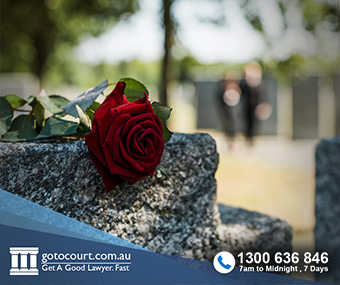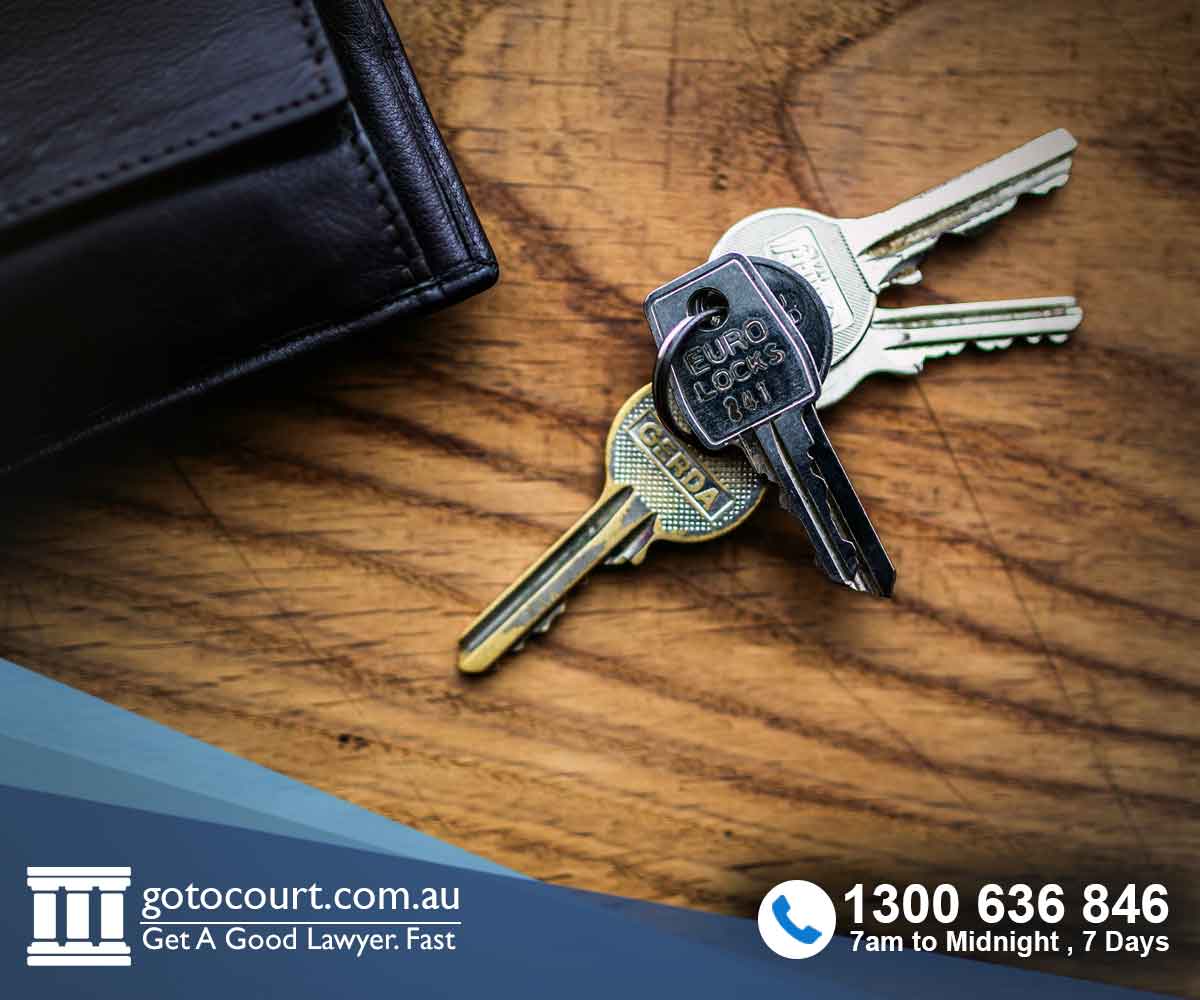Bankruptcy Proceedings (NT)
Bankruptcy is a process whereby someone who cannot pay their debts gives up their assets in return for protection from their creditors. In the Northern Territory, a person can voluntarily make themselves bankrupt, but they can also be forced into bankruptcy by their creditors. A creditor may commence bankruptcy proceedings against a debtor if they owe more than $10,000 and commit an “act of bankruptcy” within the previous six months. This article explains bankruptcy proceedings in the Northern Territory.
What is bankruptcy?
Bankruptcy is a legal process where a court declares a person to be unable to discharge their debts. Any person may be subject to bankruptcy proceedings except an individual who is already bankrupt. A person can be voluntarily or involuntarily bankrupt. Both types of bankruptcy release the person from most of their debts, providing relief and allowing them to make a fresh start.
Voluntary bankruptcy
When an individual has debts that they cannot repay, they can choose to enter into voluntary bankruptcy. This allows the debtor to be relieved of the majority of their debts.
It is important to know that there are some categories of debt that cannot be relieved by entering into bankruptcy. This includes child support debts and debts for higher education loans.
In return for being relieved of their debts, the debtor must give up their assets to discharge as much of these debts as possible. There are exceptions, in that debtors are allowed to retain sentimental items of jewellery (such as wedding and engagement rings), household furniture and white goods, as well as tools of the trade and a car up to a certain value. A debtor’s superannuation is usually also protected from their bankruptcy.
Involuntary bankruptcy
In the Northern Territory, creditors have a number of avenues for debt recovery. Consumer protection laws encourage creditors to be receptive if a debtor asks for flexible repayment arrangements. When it is not possible to come to an arrangement with a debtor, a creditor can approach a solicitor or debt collection agency for assistance to recover the debt. Bankruptcy proceedings are generally the last resort for a creditor to try and recoup their funds. Bankruptcy takes a considerable amount of time, and there is no guarantee that the creditor will recoup their money through the process.
In order to make a debtor bankrupt, the creditor must first obtain a court judgment or order and then apply for a bankruptcy notice. The creditor files the bankruptcy notice online with the Australian Financial Security Authority and serves the notice on the debtor within six months of filing. The debtor has four options once they receive a bankruptcy notice:
- Pay the entire amount in accordance with the notice;
- Negotiate a repayment arrangement with the creditor;
- Do nothing (and risk being forced into bankruptcy); or
- Seek legal advice to oppose the bankruptcy notice. The debtor must be careful to only pursue this option if they have grounds to challenge the notice, as it will incur legal costs.
Once the notice is served, the debtor has 21 days to repay the entire debt or make payment arrangements. If neither of these things occurs, an act of bankruptcy has occurred. The Bankruptcy Act 1966 (Cth) lists acts of bankruptcy, including failing to comply with a bankruptcy notice. It is then possible to file a creditor’s petition with the courts. Bankruptcy cases are typically heard by the Federal Court or the Federal Circuit Court. If the court accepts the petition, it can make a sequestration order that makes the debtor bankrupt. A first hearing date is typically set within weeks of filing an application.
What happens during bankruptcy?
When a person is declared bankrupt, a trustee or administrator manages their financial affairs. This person works with the bankrupt person and their creditors to achieve a legal and fair outcome for the parties. A person who is bankrupt must provide details of their debts, assets and income to their trustee in bankruptcy. They must supply all documents, books and bank statements that the trustee requests. This trustee then notifies all creditors to stop them from harassing for repayment. The trustee is able to sell certain assets to help pay out debt, and the debtor may also need to make compulsory payments if their income exceeds a statutory amount.
Bankruptcy usually lasts for three years and one day. Bankruptcy can affect a person’s ability to travel out of Australia, and their employment and business activities. It detrimentally affects a person’s credit rating and ability to borrow money. A bankrupt’s name appears on the National Personal Insolvency Index (NPII) and remains on credit reporting agencies’ records for five years from the date of bankruptcy, or two years after the bankruptcy, whichever is later. The NPII records the following information:
- The bankrupt person’s name, date of birth, occupation and residential address;
- Their previous names and aliases;
- The nature of the proceeding, start date and AFSA administration number;
- The contact details of the bankruptcy trustee or administrator; and
- The status of the proceeding, such as discharge from bankruptcy.
Before commencing bankruptcy proceedings, it is usually best to try to negotiate an informal payment agreement with your creditors. Go To Court Lawyers can advise on debt collection or any other legal matter. Contact the team on 1300 636 846.








